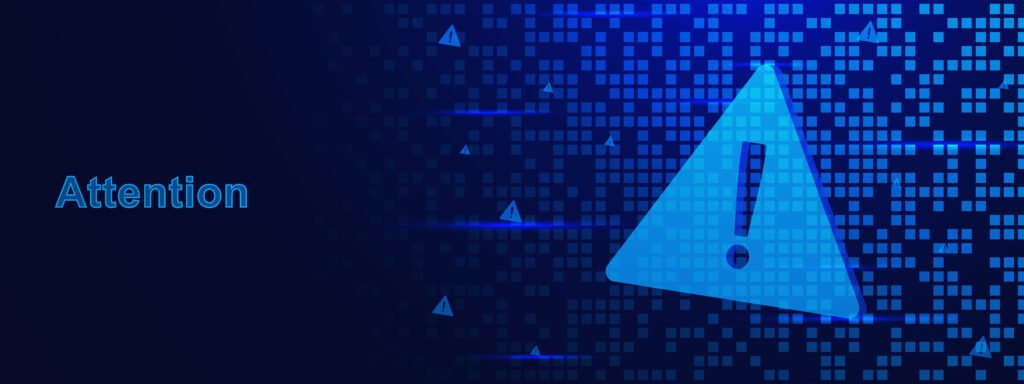India’s New Data Protection Act Know It All
India’s New Data Protection Act Know It All INTRODUCTION India’s New Data Protection regime is a landmark shift in how personal data is governed, processed, and protected in the country. Officially titled the Digital Personal Data Protection Act, 2023, this legislation is designed to safeguard the rights of individuals in an increasingly digital society. As of 2025, businesses, service providers, and data-driven platforms must align themselves with this framework or face stiff penalties. In this comprehensive guide, we break down every major aspect of India’s New Data Protection law—from the philosophy behind it to its implementation strategies and legal impact. Understanding the Need for India’s New Data Protection Act Over the last decade, India has become one of the largest data economies in the world. With over a billion citizens online, generating terabytes of personal data daily, there was an urgent demand for a strong, clear, and enforceable data protection law. The previous reliance on outdated provisions under the Information Technology Act of 2000 was no longer adequate. India’s New Data Protection Act was introduced to bring the country in line with global standards, such as the European Union’s GDPR, while respecting India’s own legal, economic, and cultural context. Core Objectives of India’s New Data Protection Framework The core goals behind India’s New Data Protection law include: Empowering individuals with control over their data Ensuring data is processed fairly, lawfully, and transparently Defining the roles and responsibilities of organizations collecting and processing personal data Enforcing accountability through a centralized Data Protection Board Addressing data breaches with significant penalties Enhancing digital trust in both public and private sectors These objectives lay the foundation for a digital future where data rights and data innovation coexist. What Counts as Personal Data? Under India’s New Data Protection Act, personal data is defined as any data about an individual who is identifiable by or in relation to such data. This includes names, contact details, digital identifiers, biometrics, financial data, and more. The law applies to both online and offline data that is digitized for processing. Sensitive personal data—such as health records, passwords, Aadhaar numbers, and financial information—receives enhanced protection under the law. Consent-Centric Processing Under the New Act One of the biggest changes introduced by India’s New Data Protection framework is the emphasis on user consent. Data cannot be collected or processed without clear, informed, and affirmative consent from the individual, now referred to as the “data principal.” Organizations must now ensure that: Consent is freely given, specific, informed, and unambiguous Notices are presented in plain language Consent can be withdrawn as easily as it was given Separate consent is taken for different purposes This means that vague privacy policies and bundled terms are no longer sufficient. Key Roles Under India’s New Data Protection Act The law defines and regulates several critical actors: Data Principals: The individuals whose data is being collected Data Fiduciaries: Organizations or entities that determine the purpose and means of data processing Significant Data Fiduciaries: Large-scale processors subject to enhanced obligations Consent Managers: Independent entities responsible for facilitating and managing data principals’ consent Data Processors: Entities that process data on behalf of a data fiduciary Understanding these roles is crucial for organizations aiming to meet their obligations under India’s New Data Protection framework. Rights of Individuals Under the Act The law provides several rights to individuals, placing them at the center of the data ecosystem. These include: Right to Access Information: Know what data is being collected and how it is being used Right to Correction: Have inaccurate or outdated information corrected Right to Erasure: Request deletion of data no longer necessary for the stated purpose Right to Withdraw Consent: Opt out of data processing at any time Right to Grievance Redressal: Raise complaints with data fiduciaries or the Data Protection Board These rights significantly increase individual control over personal information in digital spaces. Obligations of Data Fiduciaries Every organization that handles personal data must adhere to strict obligations: Implement data minimization and purpose limitation Ensure data accuracy and security safeguards Appoint a Data Protection Officer (if designated as significant) Maintain transparency and accountability through internal audits Notify the authorities and affected individuals in case of data breaches Failure to fulfill these duties can result in severe consequences under India’s New Data Protection law. Children and Sensitive Data Special provisions apply to the personal data of children and individuals with disabilities. Data fiduciaries must obtain verifiable parental consent before processing children’s data and are restricted from tracking or targeting them with advertisements. Organizations dealing with biometric, genetic, health, or financial data must adopt even more stringent security controls to comply with India’s New Data Protection guidelines. Role of the Data Protection Board The Data Protection Board of India will serve as the regulatory authority for enforcement. It has the power to: Investigate complaints and violations Impose monetary penalties Direct data fiduciaries to take corrective actions Facilitate resolution of disputes between data principals and data fiduciaries The creation of this Board marks a shift from voluntary guidelines to enforceable accountability under India’s New Data Protection regime. Cross-Border Data Transfers The Act allows data transfers to foreign countries except those explicitly restricted by the Indian government. This liberal approach is balanced by ensuring that transferred data receives similar levels of protection as within India. However, companies must still conduct due diligence and adopt contractual safeguards before transferring data internationally. Penalties for Non-Compliance To ensure compliance, the Act introduces a penalty-based approach. Fines can range from thousands to hundreds of crores of rupees depending on the severity of the violation. For instance: Failure to protect children’s data can lead to penalties up to ₹200 crore Data breaches due to negligence may attract penalties up to ₹250 crore Repeated non-compliance or obstruction of investigations can also result in punitive action These penalties reflect the seriousness with which India’s New Data Protection is being enforced. How to Prepare for Compliance Organizations must take the following steps to align with the law: Data Mapping: Identify what
India’s New Data Protection Act Know It All Read More »











